ITP 234 Midterm Study: FDA, CPSC & Key Business Terms
1/134
There's no tags or description
Looks like no tags are added yet.
Name | Mastery | Learn | Test | Matching | Spaced |
|---|
No study sessions yet.
135 Terms
levels of packaging
primary, secondary, tertiary, quaternary
primary packaging
at least one system component is in direct contact with the product
what you find at the store
also called consumer packaging, sales packaging, retail packaging
secondary packaging
A system of components designed to contain several primary packages
also called Distribution packaging, Transport packaging, Industrial packaging
secondary packaging examples
Corrugated shippers, cushioning, pads, inner dividers, shrink wrap, trays
tertiary packaging
designed to unitize several secondary packages or to ship materials in bulk
also called Unit load and Group packaging
tertiary packaging examples
Pallets, plastic wrap, bands, corner posts, drums dividers, pads, corrugated board components
quaternary packaging
A system of components designed to unitize several tertiary packages
quaternary packaging examples
shipping containers
packaging value chain
set of input activities to create value for the stakeholders
Stakeholders: Regulators
dictate laws, standards,and regulations that affect packaged products
regulator examples
Government agencies, international and national standard organizations
FDA
Stakeholders: Suppliers
deliver raw materials and packaging components to converters and fillers
supplier component examples
Resins, packaging parts, lids, caps, labels, etc
Stakeholders: Converters
transform materials intopackages
converter examples
Makers of cases, folding cartons, setup boxes, bottles, cans, jars, tubes, bags, trays, pouches, pallets
Stakeholders: Fillers
Fillers fill packages with products
filler examples
Manufacturers of goods that use packaging. Products could be food, beverage, drug, device, cosmetics,electronic, industrial,
Stakeholders: Transportation Channels
used to move items from one location to another as it makes its way from the beginning of the supply chain to the customer
transportation channel examples
Air, package carriers, truck, rail, water, pipelines, and intermodal
Stakeholders: Sellers
sell packaged products to anotherseller, institution, or end consumers
seller examples
Wholesalers, retailers, restaurants, hospitals, pharmacies, online retailers
Stakeholders: End Consumers
the person, people,organization, or business that will use orconsume the packaged product and hasno intention of selling it to someone else
end consumers examples
Patient, patron, consumer
Stakeholders: End-of-Life Managers
Organizations that deal with the end of life handling ofpackaged products
end of life manager examples
Land-fillers, composters, incinerators, recyclers
packaging functions: protection
Protection of the contents from the environment (and vice vera)
packaging functions: utility
makes the product more useful for opening, closing, carrying, transport, etc.
packaging functions: communication
creates emotional connection
provides product information
packaging as a barrier provides:
-insulation
-cushioning
-holding in place (important for chemicals)
packaging as a tool provides:
-containment
-functional features (ex opening tabs)
utility function tasks
carrying, dispensing, stacking, opening, handling, etc.
visual positioning (emotional) for packaging
- Aligned with marketing positioning
- Expression of the brand values
identification and information effectiveness for packaging includes:
- Product/category/type
-Flavors
- Varieties
- Size, specific information
intuitive use for packaging includes:
How to use its features (holding, gripping, opening, closing, reclosing, disposing, etc.)
principle display panel (PDP)
the portion of a package that is most likely to be seen by the consumer at the time of purchase
the package's front
alternate PDPs
other surfaces suitable for display as a PDP
labels that must be on a PDP
statement of identity, net quantity statement
must appear on alternates too
Food and Drug Administration's (FDA) authority
food, drugs, biologics, medical devices, radiation electronics, cosmetics, vet and tobacco products
Federal trade commission's (FTC) authority
false advertising
Consumer Product Safety Commission's authority (CPSC)
toys, cribs, power tools, chemicals, lighters
Environmental Protection Agency's authority (EPA)
pesticides
Alcohol and Tobacco Tax and trade Bureau (TTB) authority
alcohol
Food Safety and Inspection Service authority
traditional (non-game) meats, poultry, egg products
Animal and Plant HealthInspection Service (APHIS) authority
vet vaccines and other vet biologics
package layout
The arrangement of graphic elements on a package, in general, and in particular, on the PDP

information hierarchy
organized from the most important design element to the least important one
information panel (IP)
the portion of a package immediately to the right of the PDP, as displayed to the consumer
If this panel is not usable, the IP is the next panel immediately to the right
a well designed PDP____
- Communicates the brand strategy and message immediately, effectively, and clearly
- presents info hierarchically and easy to read
- Suggests the function, usage, and purpose visually
- Differentiates the product from the competition and any other varieties
- Reflects the value perception of quality at a fair market price.
logotype definition
- reproducible graphic element, often including a name, symbol, specified colors
- should evoke some memory or emotion from the viewer
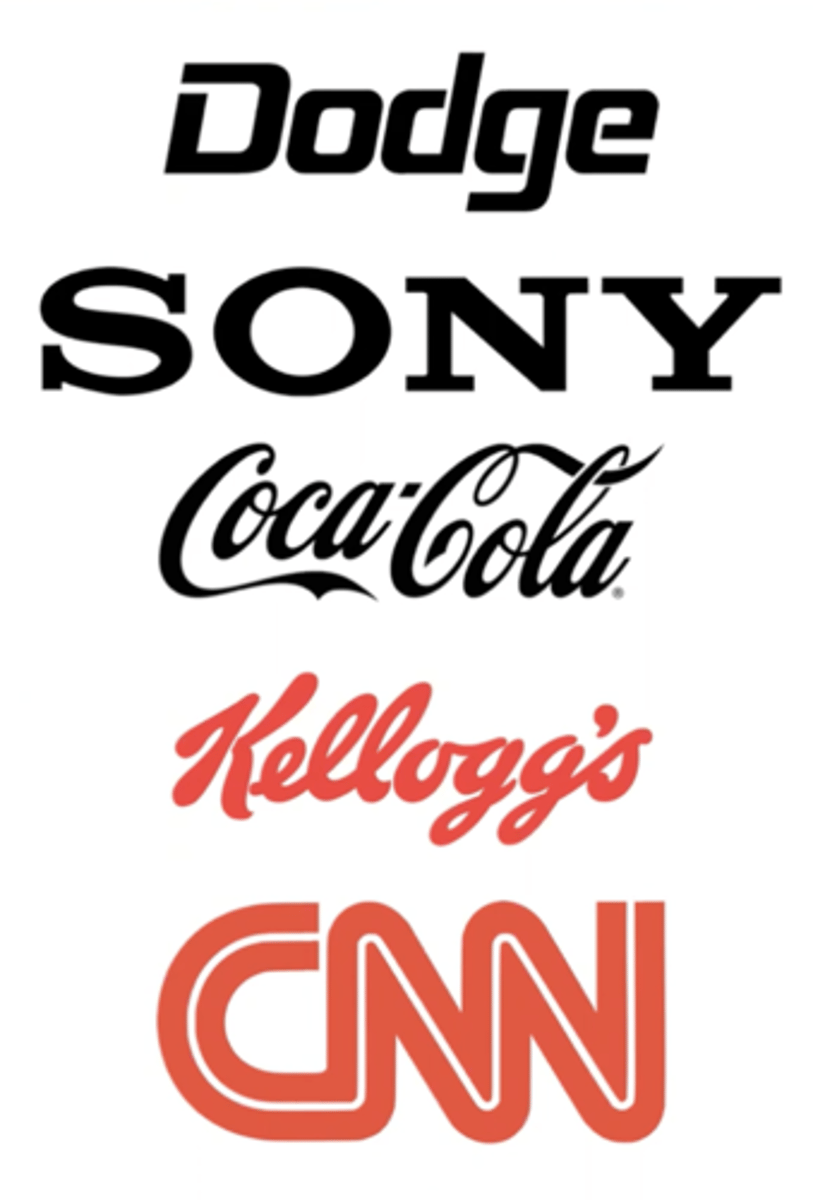
Manufacturer's Logotype
typically includedin primary packages on the back, sometimes on PDP
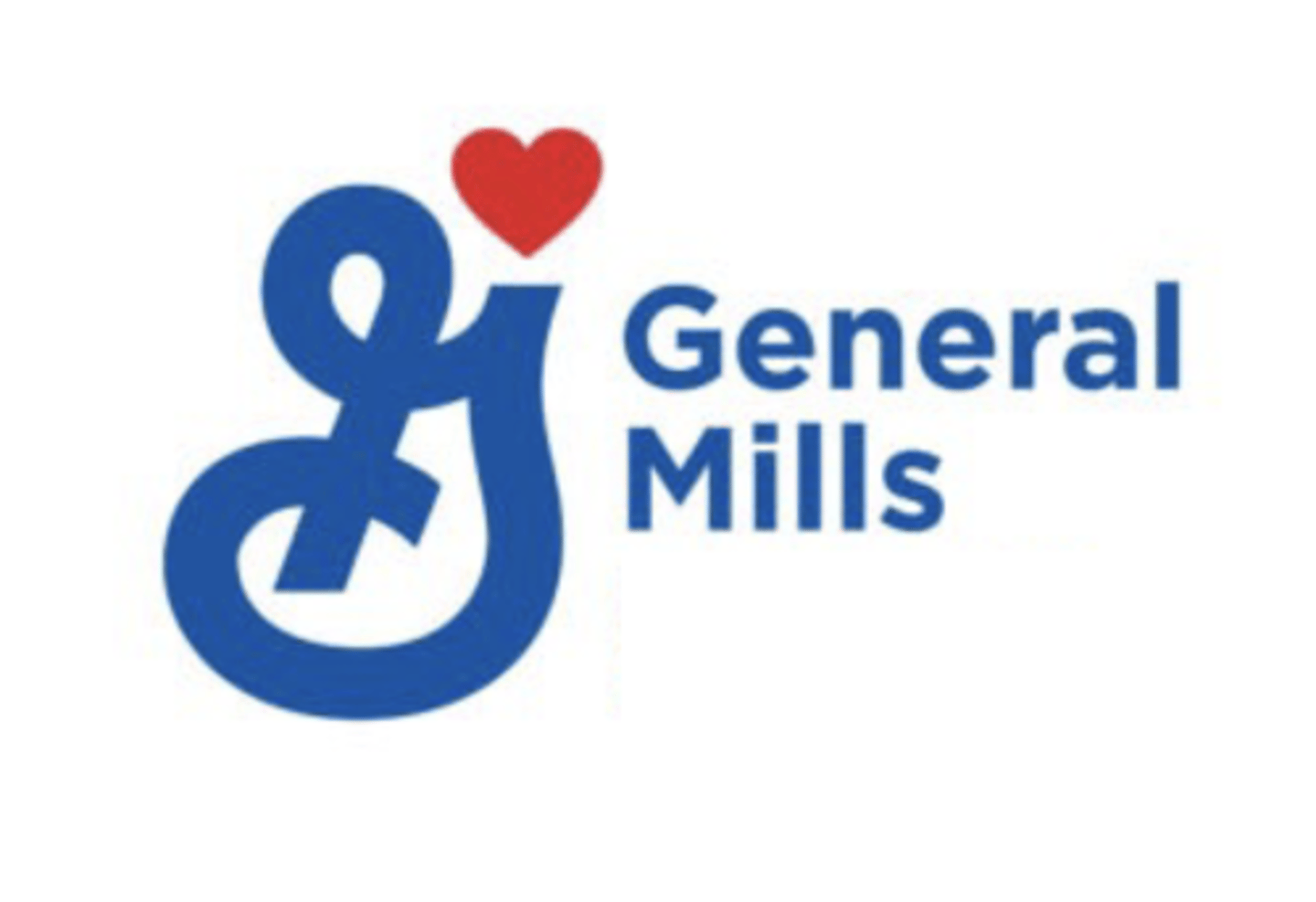
Typography
can evoke moods, feelings, and values
associated with product qualities and brands.
serif font example
times new roman
serif emotions
formal, traditional, conservative, elegant
warmer
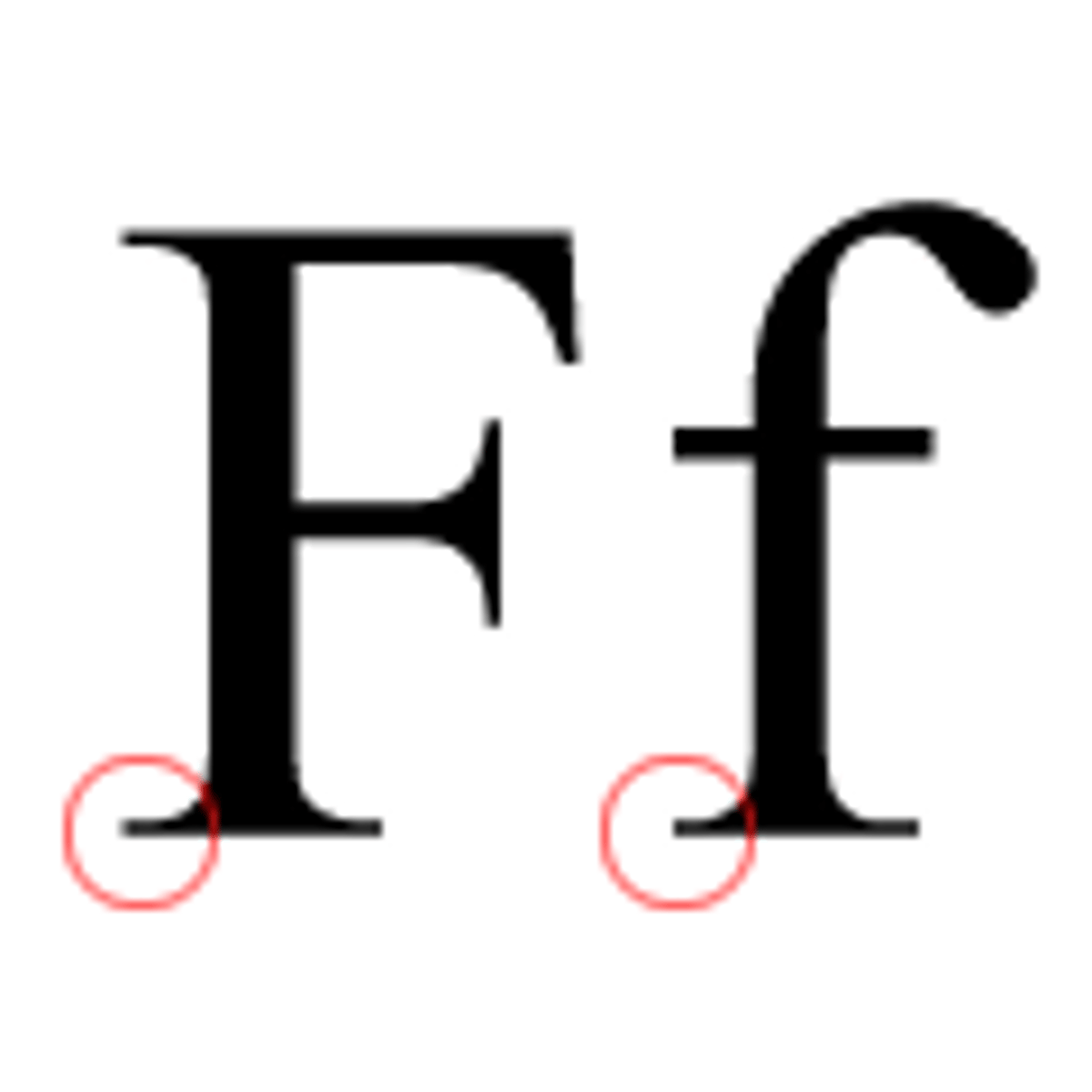
sans serif font examples
helvetica
sans serif emotions
friendly, neutral, direct, clean, minimal
colder

cal poly type faces
abolition, source sans, utopia
old style
best choice for a lengthy body of text
ex: palatino
old style stress
diagonal
old style serifs and contrast
slanted on lower case, bracketed , moderate contrast
modern serif
not suitable for a large body of text
best for headings
modern serif stress
verticle
modern serif contrast and serif style
high contrast and flat, thin, serifs
slab serif
works well with mixed and matched typefaces
ex: rockwell
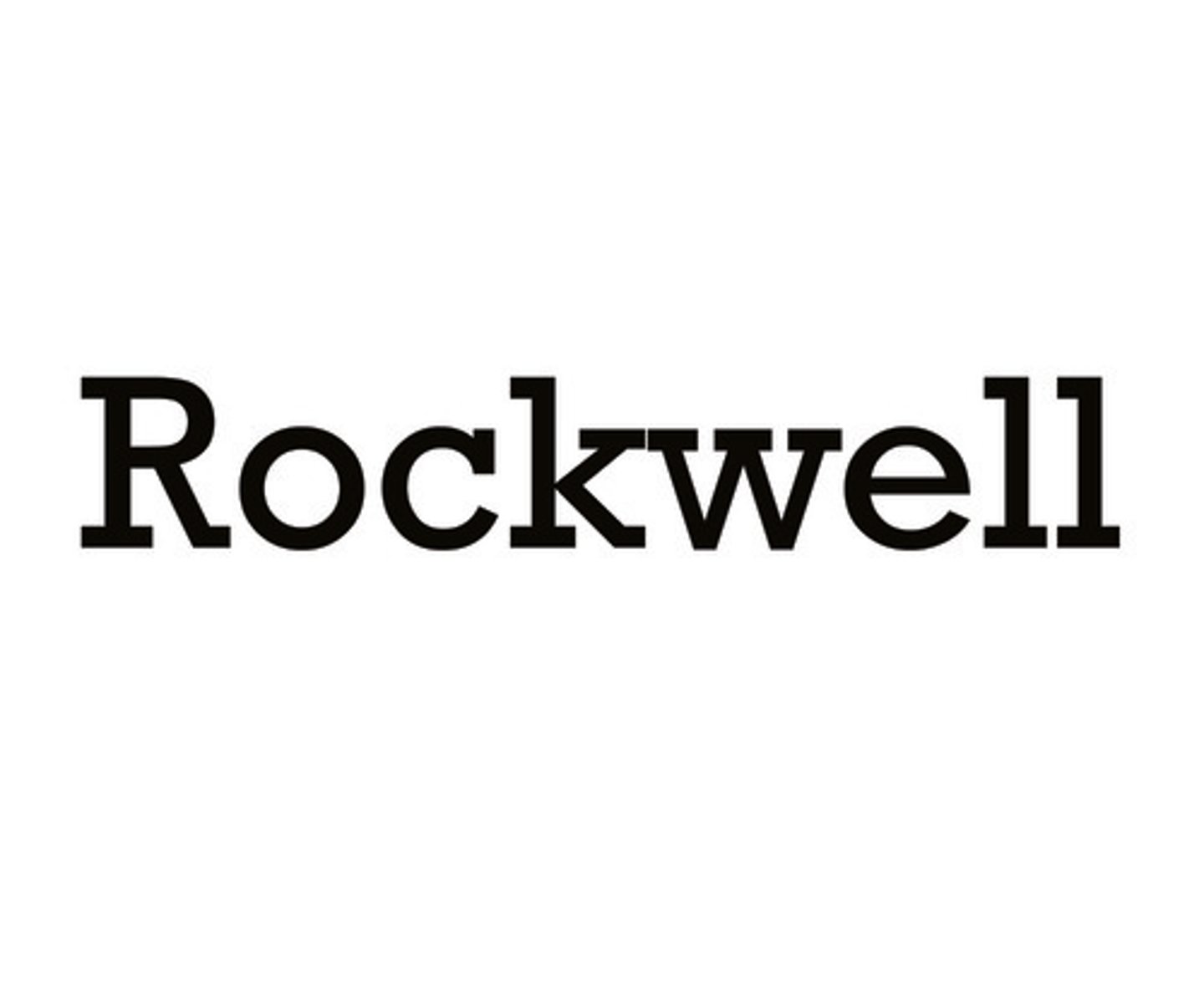
slab serif stress
vertical
slab serif contrast and serif style
high contrast
flat, thin, and horizontal serifs
sans serif
easy to read for body of text on websites
ex: helvetica
sans serif stress
vertical
sans serif contrast and serif style
mono weight and no serif
script
resembles handwriting or calligraphy
large capital letters
decorative
expressive style not designed for readability
trendy, ornamental fonts should be used cautiously
weight
light or heavy
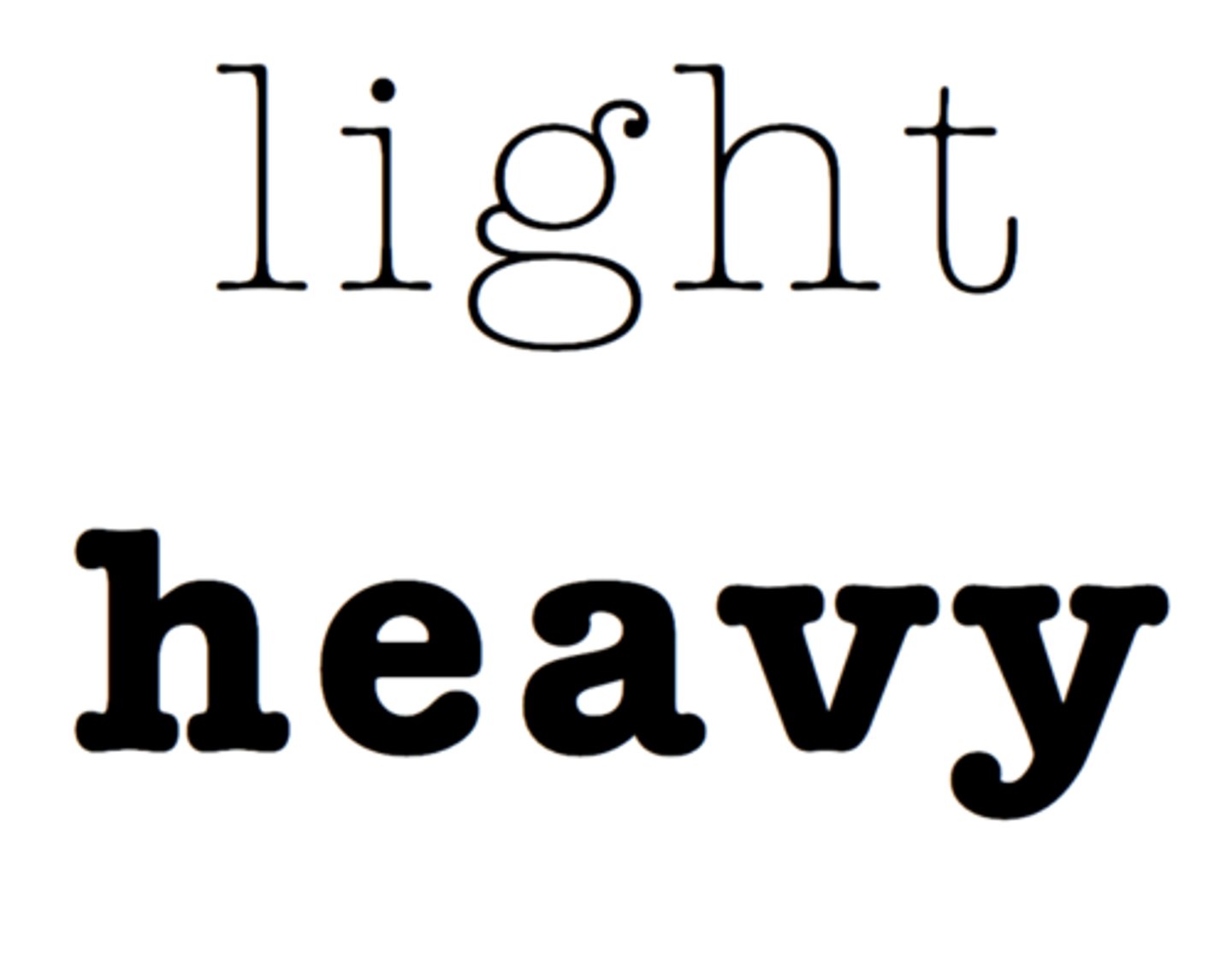
tracking
space between characters
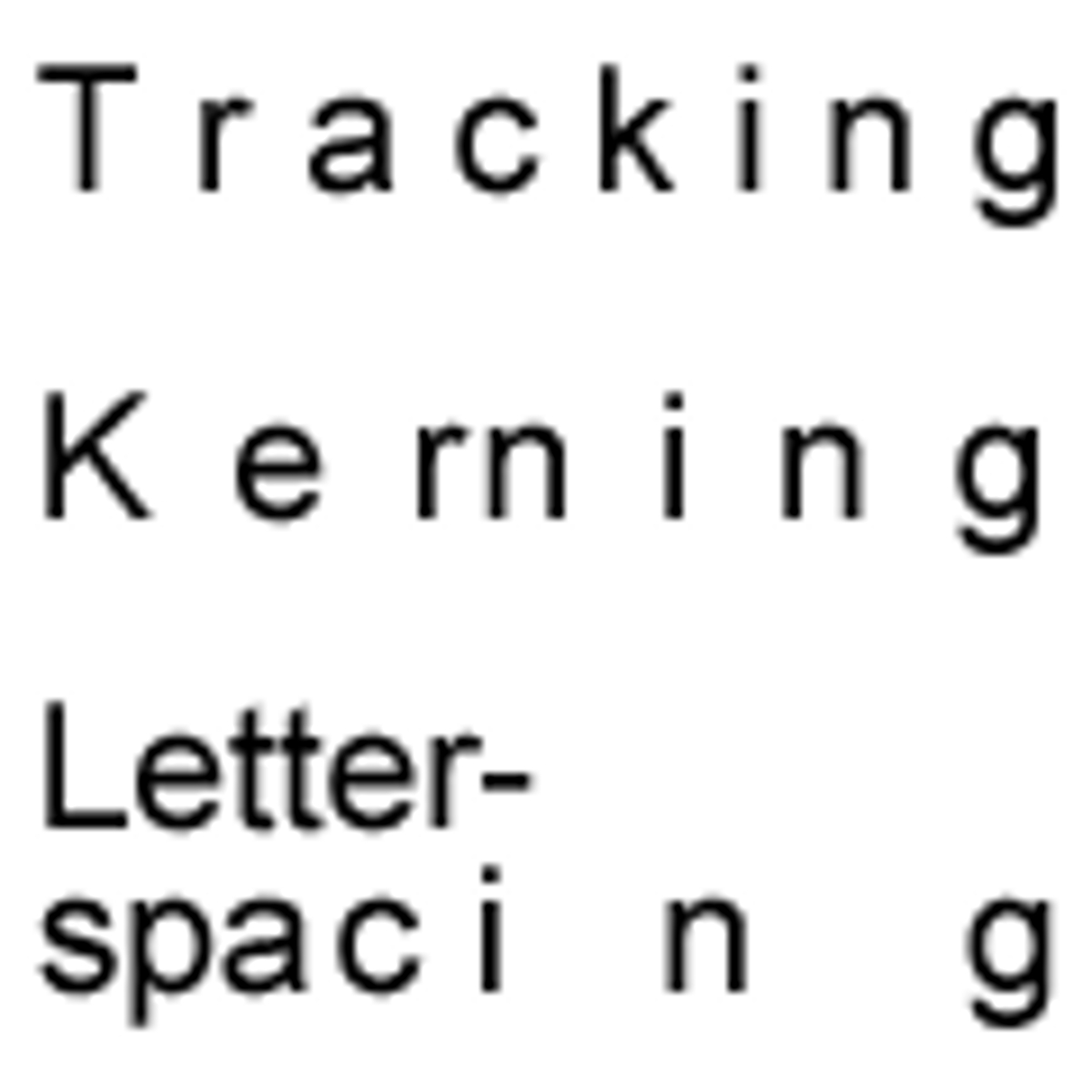
kerning
horizontal spacing between pairs of letters
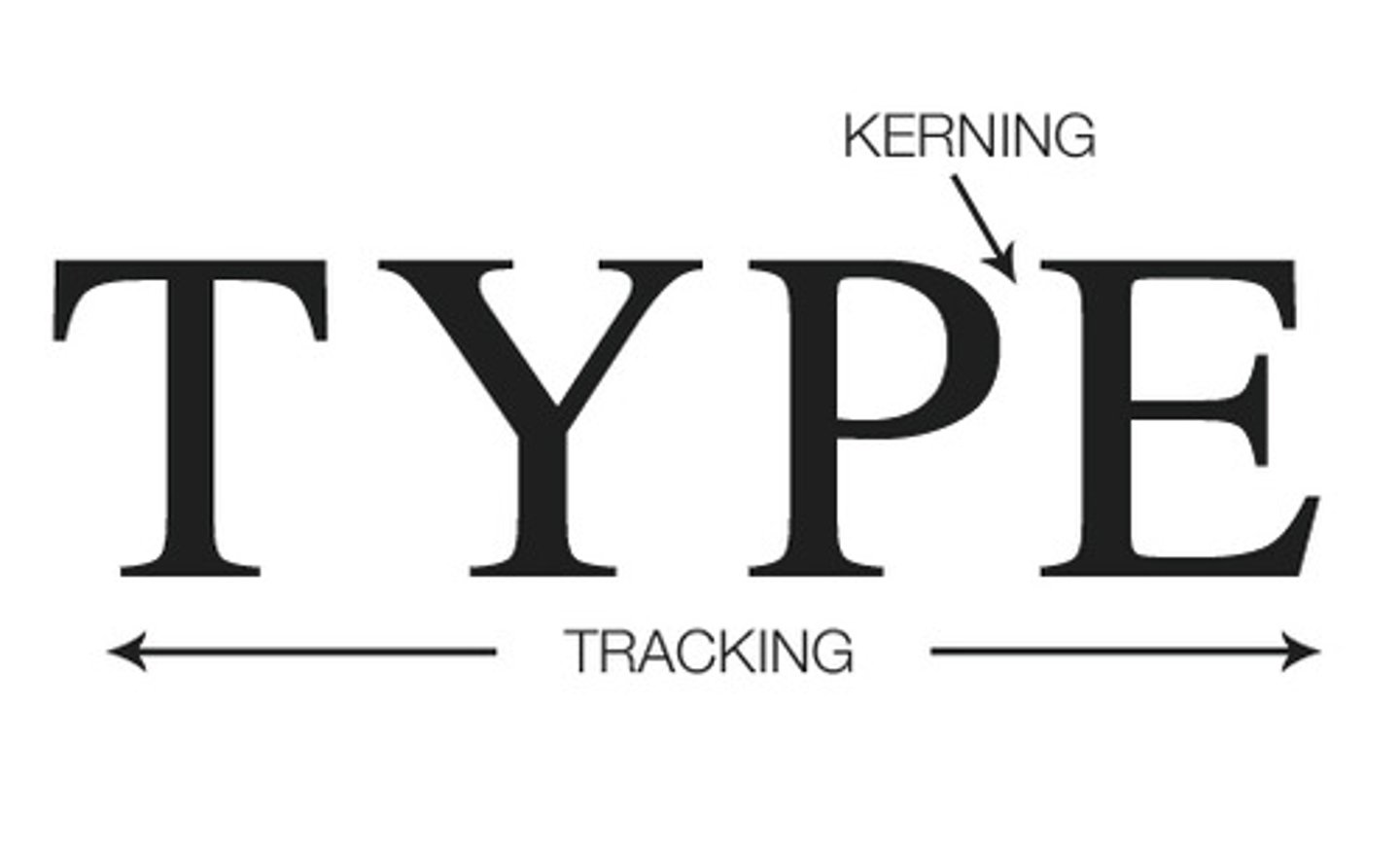
leading
the verticle space between lines of text
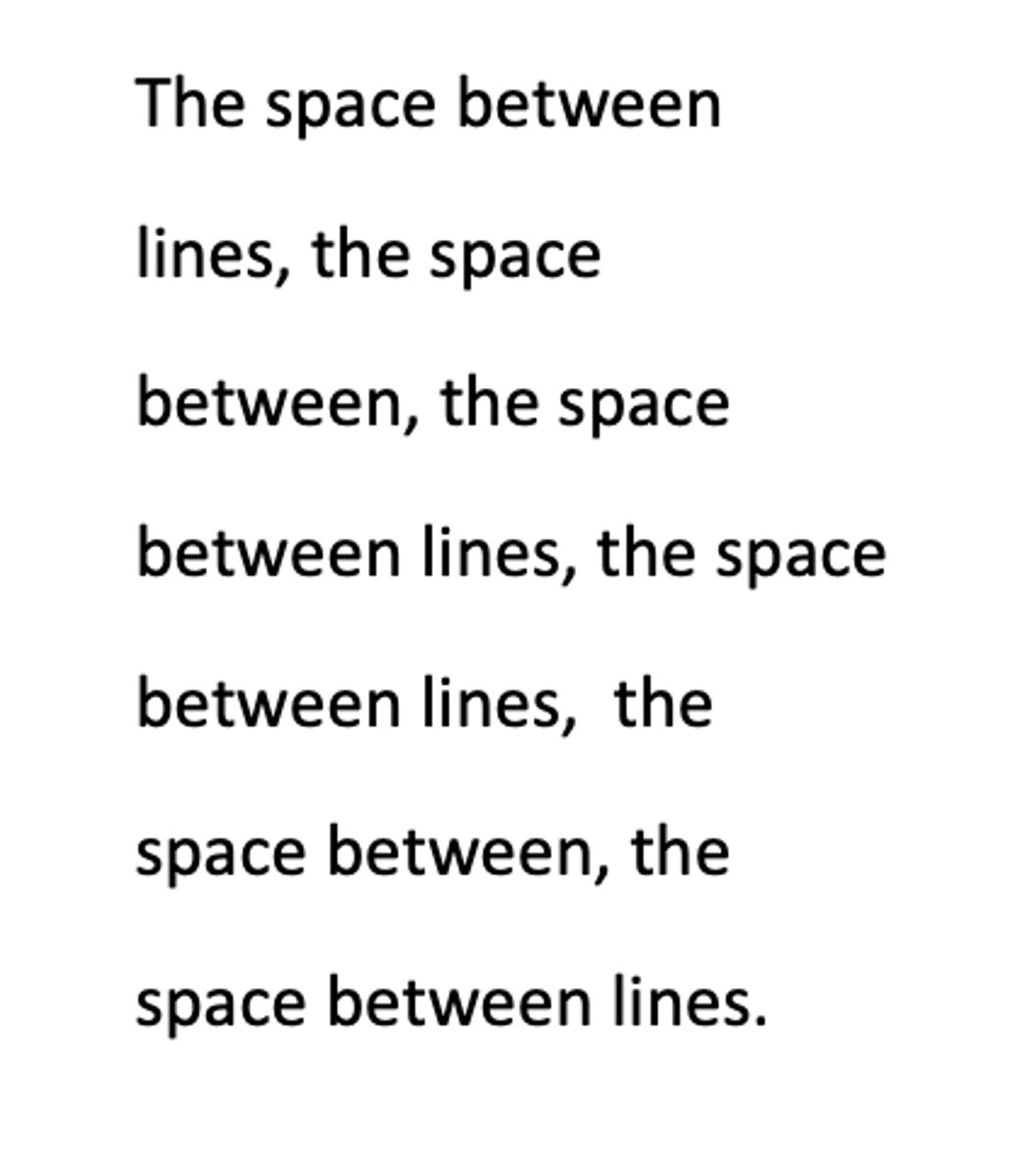
kerning, tracking, leading combo
affects legibility and visual harmony
proper letter and line spacing enhance aesthetics and legibility
typographic guidelines
1. be legible from far away
2. have appropriate scale and shape
3. be understood by a diverse audience
4. provide a credible and informative description of the product
principle 1
define typographic personality
principle 2
limit typefaces
principle 3
create typographic hierarchy
principle 4
define type alignment
principle 5
choose contrasting typefaces
principle 6
experiment with type
principle 7
stack type or position it vertically
principle 8
make it own able
principle 9
be consistent
principle 10
refine for typographic excellence
product descriptor
defines content and includes variety, flavor, features, and benefits
secondary copy
follows brand name
romance copy
describes product personality
mandatory copy
nutrition facts, weights, measurements, ingredients copy
hue
variety of a color
saturation
purity or intensity of a hue
brightest
lightness or darkness of a hue
color solid

printer colors
CMYK (cyan, magenta, yellow, black)
packaging primary colors
cyan, magenta, yellow
packaging secondary colors
red, green, violet (mixtures of primary colors)
intermediate colors
mixtures of secondary colors
complementary colors create:
contrast
trade dress
visual components that contribute to the overall look of a brand